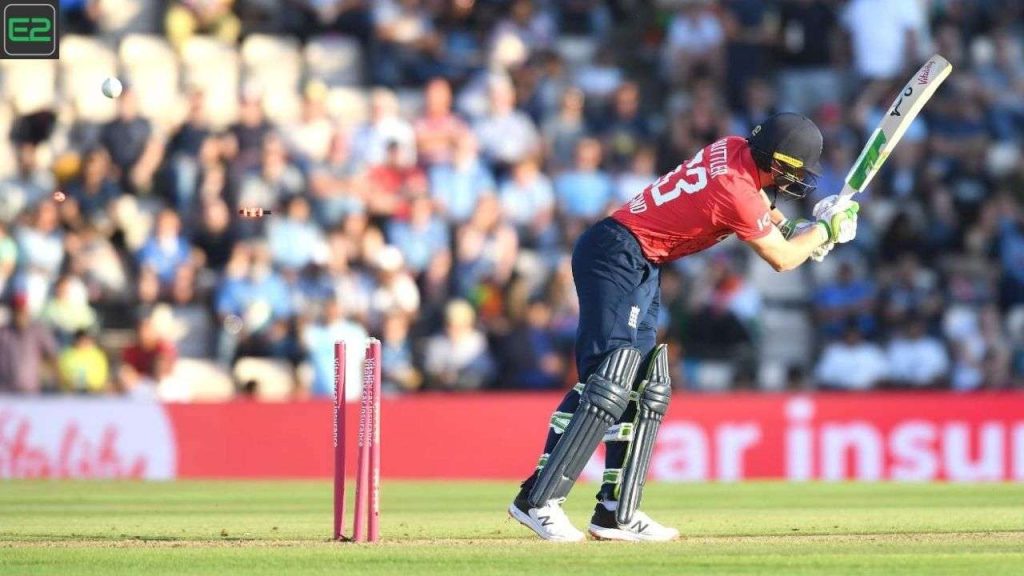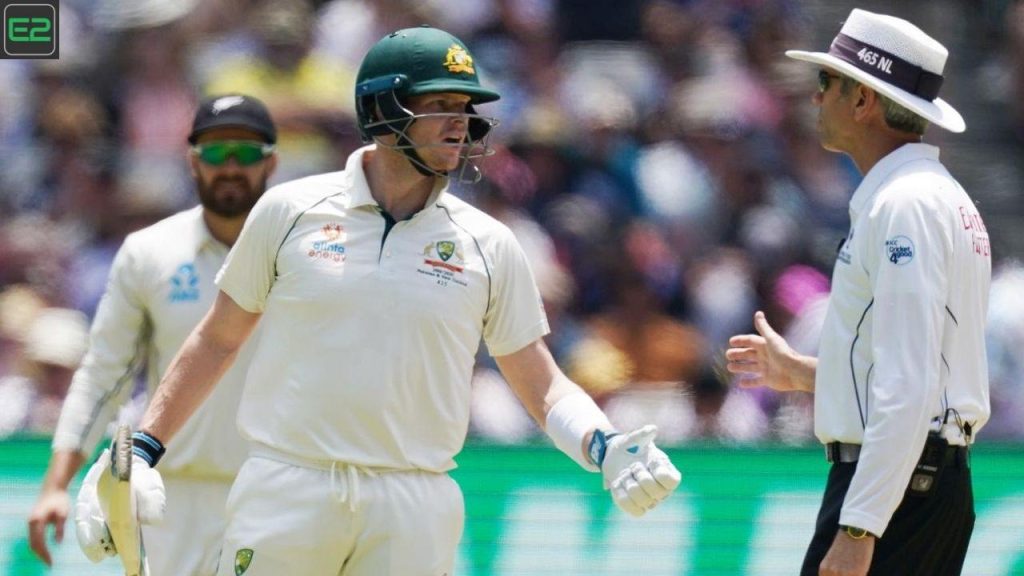Cricket Ball Secrets:
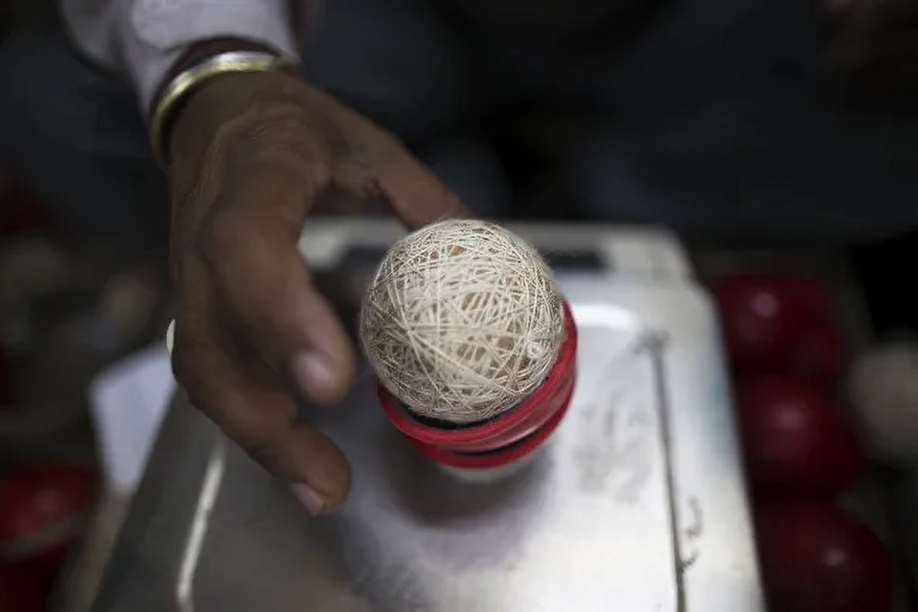
The cricket ball is a finely crafted piece of equipment, with a unique design that influences the game in various ways. Its seam, the raised stitching that runs around the ball, is crucial for generating movement in the air, allowing bowlers to swing the ball in different directions. The ball’s shade, or the wear on its surface, plays a significant role in how it behaves as the match progresses. The materials used, including the leather exterior and cork center, contribute to its durability and performance, making it an essential tool in a bowler’s arsenal. Understanding these factors is key to mastering the art of bowling.
Surface

The surface of a cricket ball plays a crucial role in determining its behavior during a match. Both red and white balls are crafted with specific surface characteristics to suit different formats of the game, affecting swing, seam movement, and wear.
Red Ball: The red ball is primarily used in longer formats, such as Test cricket. Its surface is generally smoother and more durable than the white ball, designed to maintain its condition throughout a multi-day match. The lacquer on the red ball tends to wear off slowly, helping it retain its shape for longer periods. The color of the ball also helps it stay visible under natural light, and its surface, which is generally more abrasive, encourages seam movement and swing. Over time, as the red ball gets older, it becomes harder to control, and the wear on the surface can lead to a more pronounced reverse swing, making it challenging for bowlers to maintain accuracy.
White Ball: The white ball, used primarily in limited-overs formats like ODIs and T20s, has a different surface composition. The lacquer on the white ball tends to wear off quicker, leading to a shiny, smooth surface that can facilitate swing early on. However, because it wears faster, the ball becomes less effective for swing and seam movement as the match progresses. The white ball is also more visible under artificial lighting, which is advantageous for night games.
Seam
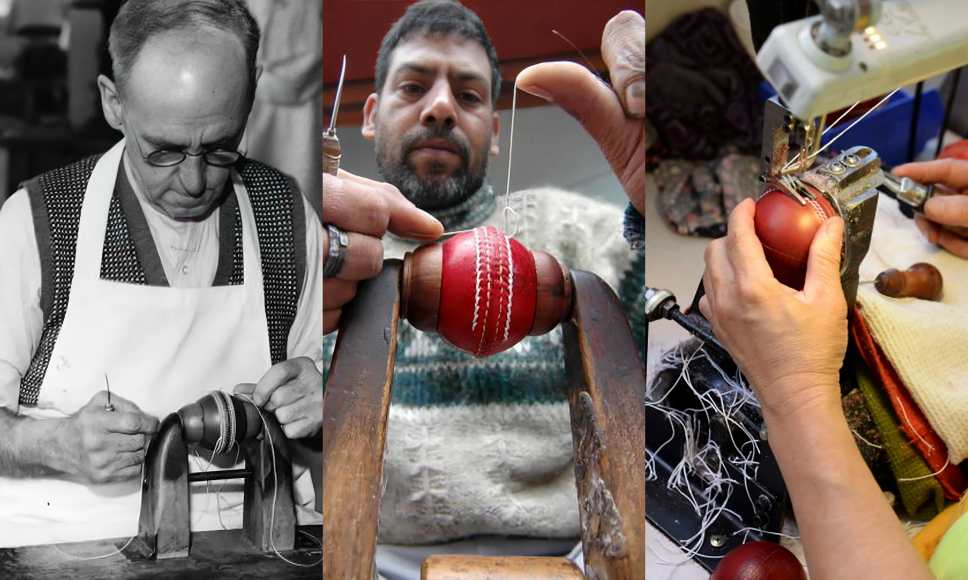
The seam of a cricket ball plays a crucial role in how the ball behaves on different surfaces. In both red and white balls, the seam is a raised, stitched area of leather that significantly affects swing and seam movement. On a well-maintained pitch, the seam can grip the surface, causing the ball to deviate unpredictably, making it harder for the batsman to play.
Red Ball: traditionally used in Test cricket, is known for maintaining its seam longer, due to the thicker lacquer on its surface. This lacquer helps protect the seam from wear, allowing for more sustained movement off the pitch. The red ball’s seam is often prominent in the early stages of the game, providing swing for fast bowlers and sharp seam movement for those who rely on the pitch’s imperfections.
White Ball: commonly used in limited-overs formats like ODIs and T20s, tends to lose its seam more quickly. The lacquer on the white ball is thinner, which leads to faster deterioration of the seam, making it harder to generate movement. As the game progresses, the white ball becomes less effective for seam bowlers, relying more on pace and swing in the air rather than off the ground.
Adapting to Change in Cricket: Why Players Must Evolve
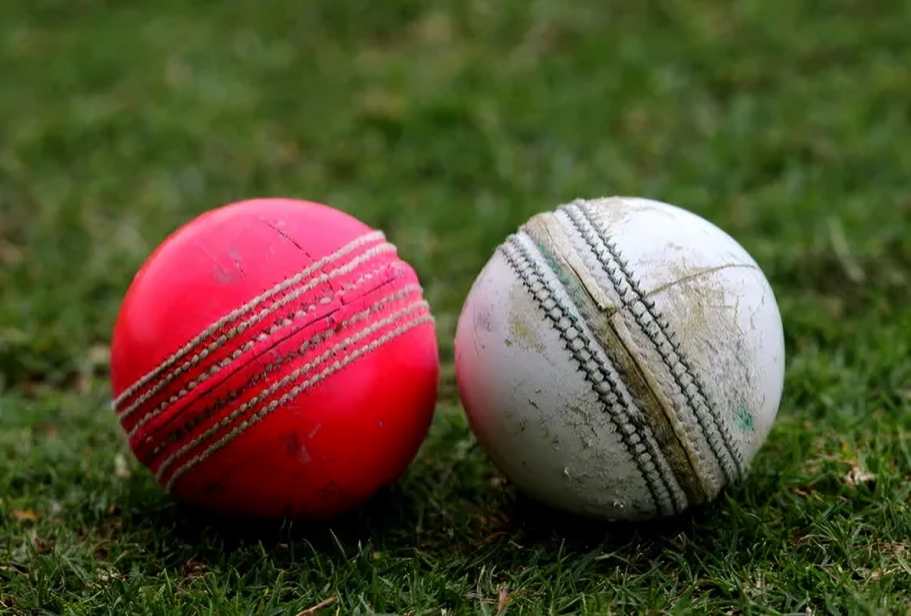
Adapting to change is crucial for cricketers as the sport continually evolves. Players must remain flexible and open to new strategies, techniques, and training methods to stay competitive. With technological advancements and changing playing conditions, evolving skills and mindsets are necessary to succeed at the highest level. Cricketers must embrace these changes, continually improving their game to meet the demands of modern cricket, whether it’s mastering new formats, tackling innovative tactics, or staying fit and mentally sharp for the challenges ahead.







